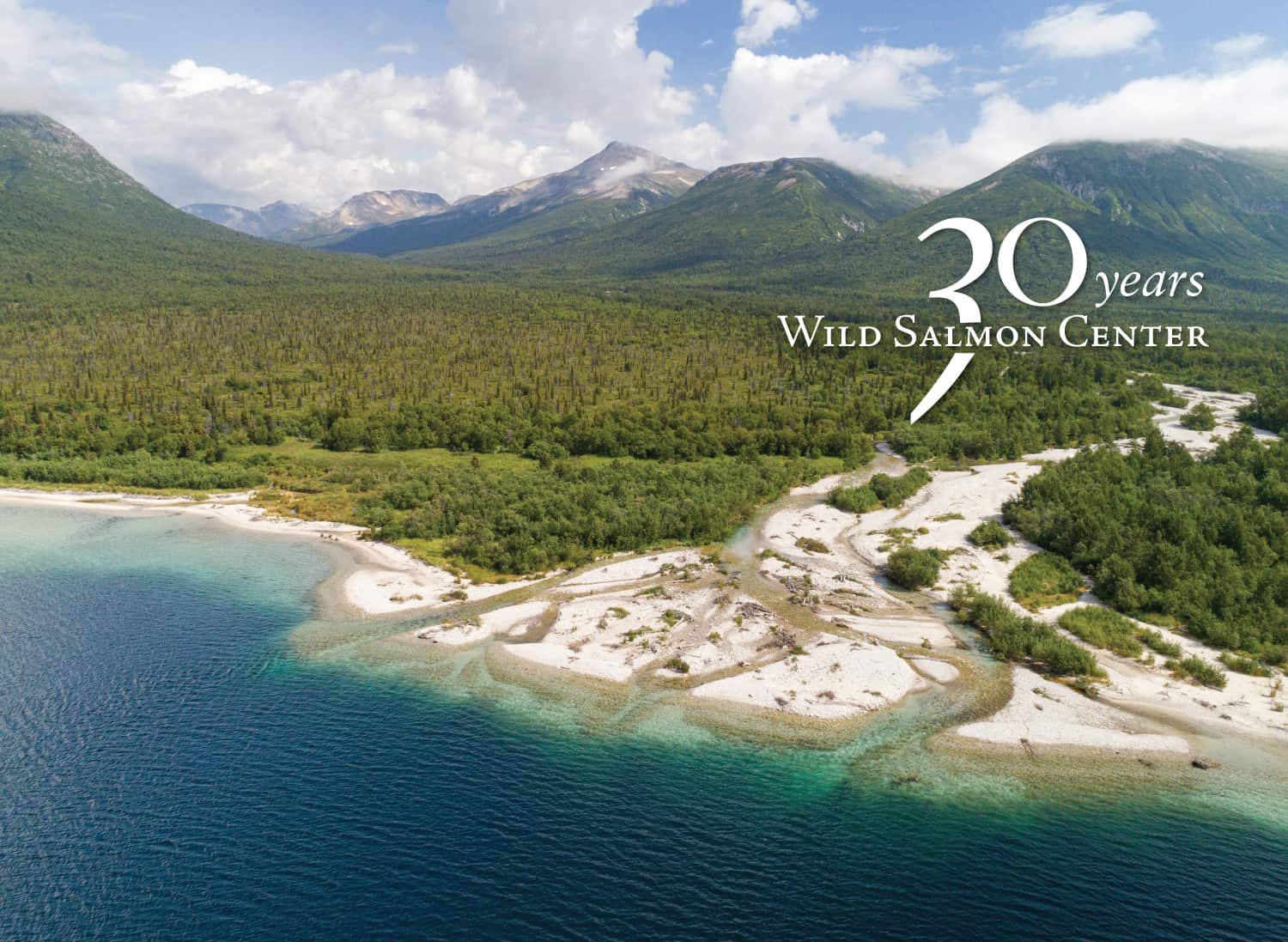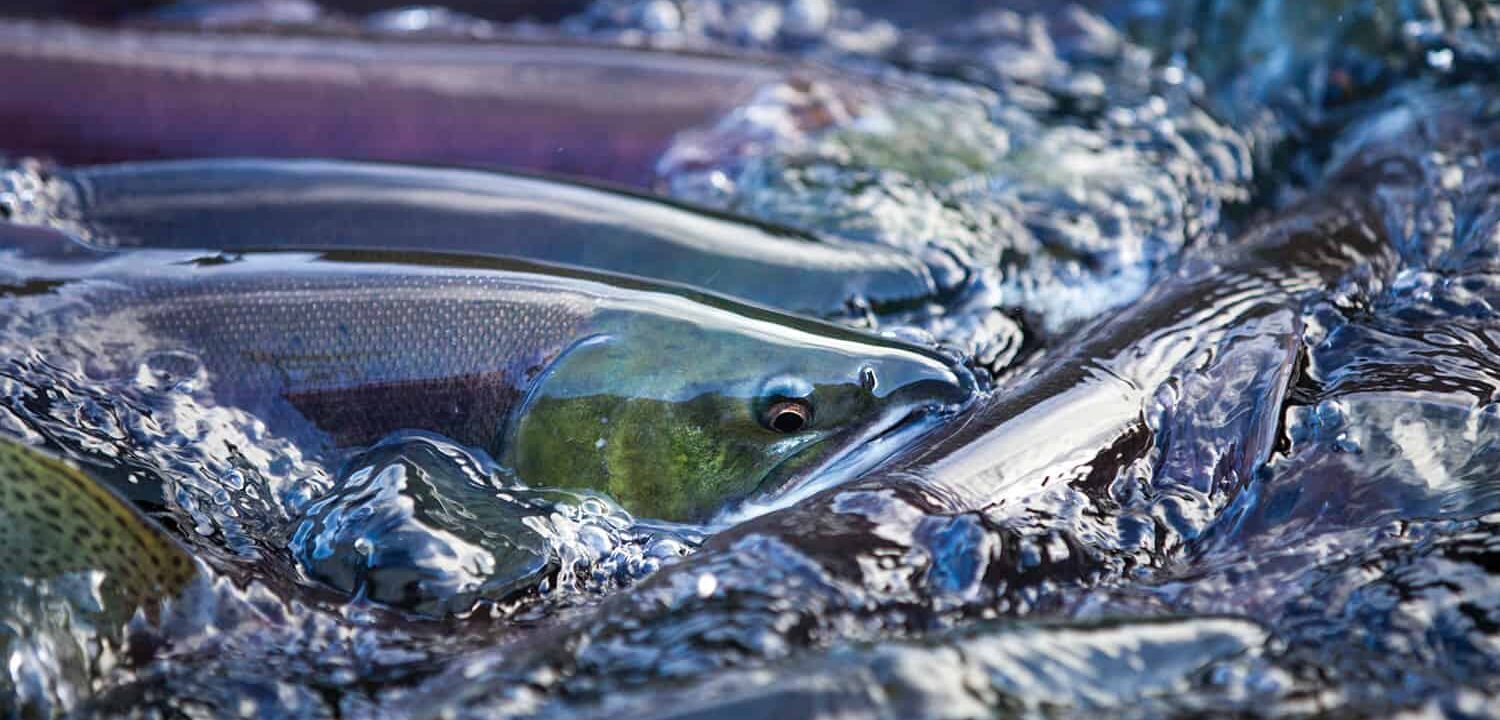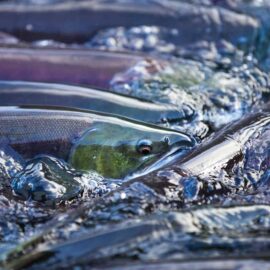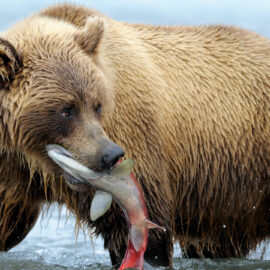Excerpt from the Wild Salmon Center 2021 Annual Report, 30th Anniversary edition. View online or download the report here.
A Letter from the President: Scaling the Stronghold Approach
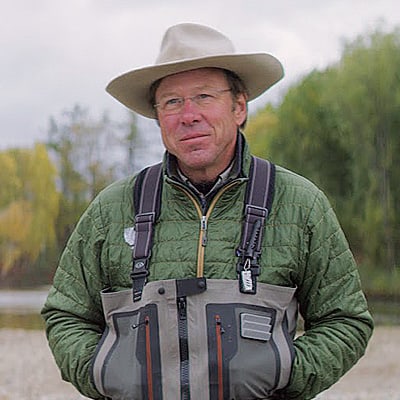
It started with a map, and a vision.
Wild Salmon Center’s spring 2000 board meeting, I presented a strategy that would focus our work for the next 20 years.
The vision was an archipelago of protected watersheds securing the “best of the best”—the most productive and ecologically healthy Pacific salmon ecosystems. Not just for salmon, but all the wild species and communities they sustain.
We looked at a map of the entire North Pacific that showed a stronghold archipelago arching through mountains, forests, and rivers to bring together Japan, the Russian Far East, British Columbia, Alaska, and the Pacific Northwest.
This vision clearly represented the most ambitious ecosystem conservation effort ever attempted across four countries on the Pacific Rim. But how to make it real?
We settled on a simple strategy: safeguard each river with proactive habitat and wild fish protections, while building up local and regional organizations to anticipate and block new threats. We made a multidecadal commitment to each river system, knowing many changes wouldn’t be immediate.
Over years of trial and error, we learned how to effectively partner, how to balance science and advocacy, and how to navigate local and regional politics. We kept our eyes on the prize, and eventually the wins came: eight new national and regional parks, thousands of river miles with expanded riparian setbacks, more than six and a half million acres of habitat protected. We’ve helped transform Russia’s commercial salmon fishing industry, and won successful campaigns to block hydroelectric dams, gold mines, clearcut logging, and fish hatchery expansion. In fact, we have yet to lose a fight to defend our strongholds from major threats (see our impact).
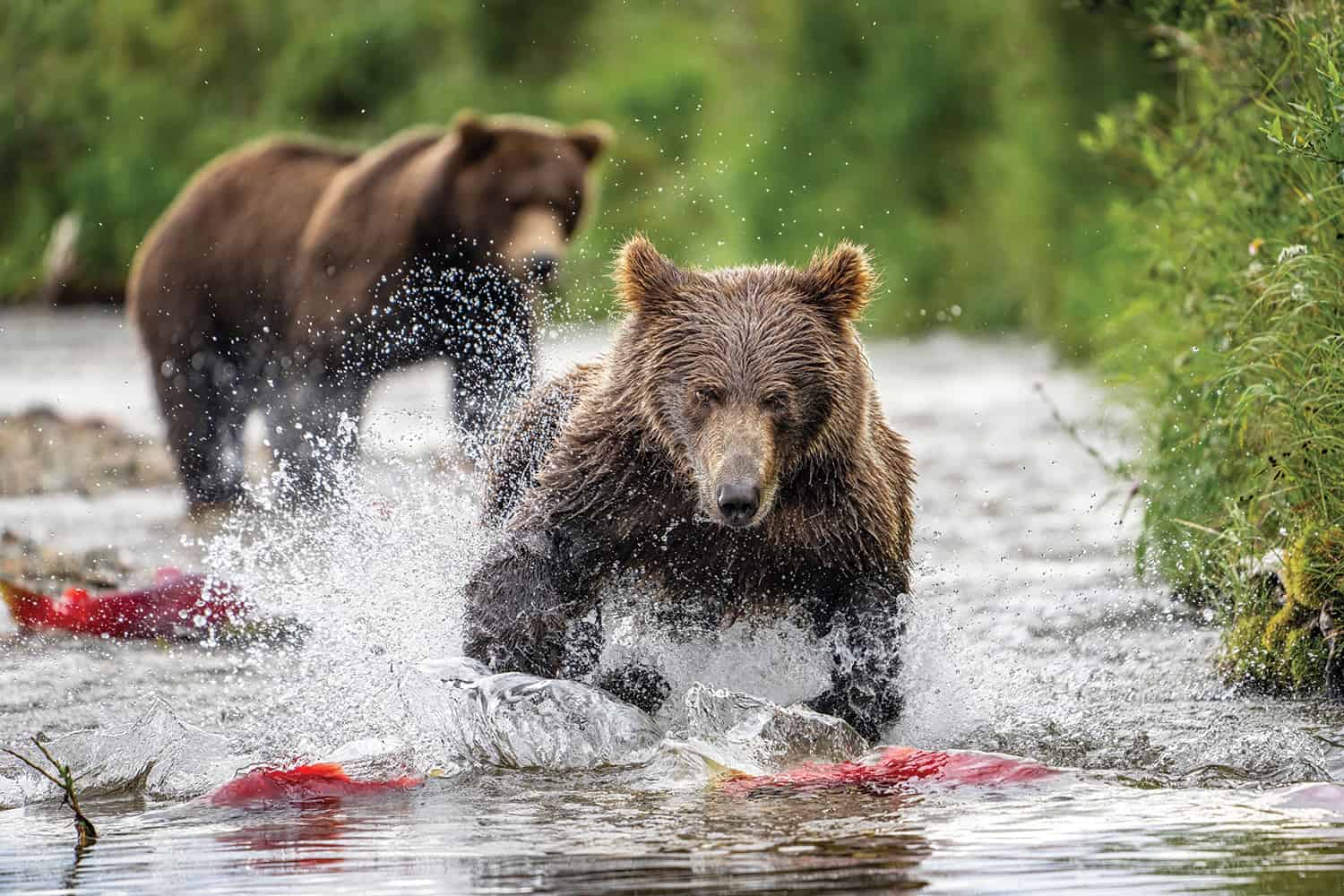
The stronghold strategy is working. Now we must meet this moment—one of heightened threats from climate change, resource extraction, and geopolitical strife. The Russian Far East is a critical part of the stronghold archipelago, yet war in the Ukraine has been horrific, deeply straining U.S.-Russia relations. We remain committed to our Russian partners—with whom we have worked closely for decades—and to the conservation of the world-class salmon watersheds that flow into the Western Pacific.
To make the stronghold network permanent, we need to build on our strengths, scale up our work, and accelerate conservation across the North Pacific.
Rivers are living things, and salmon swim through them like the nutrients that feed all organisms. Like every living thing, rivers need an immune system to repel the threats that the future will bring. The passion, commitment, and effectiveness of local conservation groups form the heart of this response system. Even against huge odds—and large multinational corporations—powerful local voices can win out. Knowing this, we’re prioritizing grants and staff support for partner organizations across the North Pacific. But our long-term goal is a permanent fund to sustain these defenders in perpetuity.
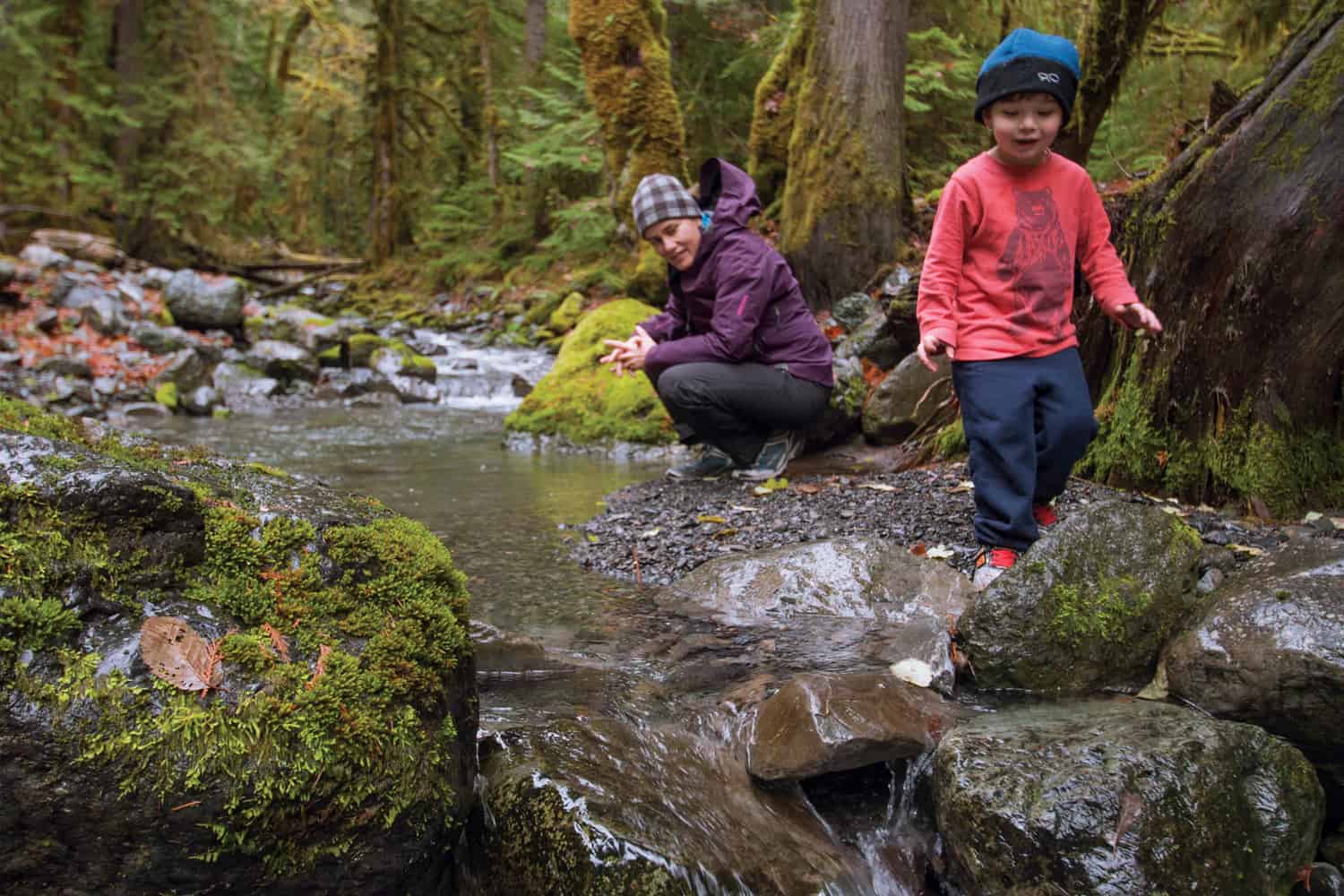
Our work has ripple effects beyond salmon conservation. Across the 100 million acre stronghold archipelago, we’ll also be making key contributions to global biodiversity conservation and carbon sequestration.
Conservation is a long game. We’ve come far, but in many ways, we’re just getting started. Our plan will succeed with the gift we give our children: some of the most biologically important—and beautiful—places anywhere, and a thriving stronghold network built by the most ambitious wild salmon conservation effort ever envisioned.
Guido Rahr
President and Chief Executive
Explore our latest annual report.
